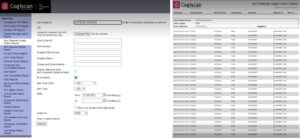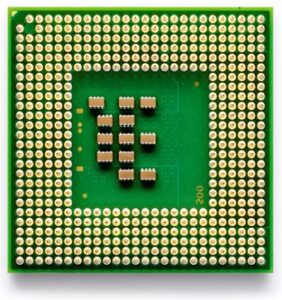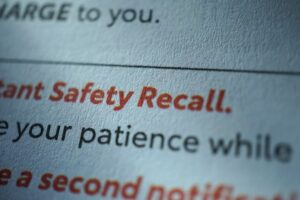Case Study: How Traceability Reduces the Collateral Damage of a Field Recall

By Jonathan Simard, Cogiscan
 Even the most careful of PCBA manufacturers can be at risk for a field recall. There are just too many variables in the PCB assembly process – components, suppliers, end-use environmental factors to name a few.
Even the most careful of PCBA manufacturers can be at risk for a field recall. There are just too many variables in the PCB assembly process – components, suppliers, end-use environmental factors to name a few.
In fact, a field recall is one of the top dreaded events for many electronics manufacturers – wasted costs, time lost, injured reputation, disruption to normal operations, canceled orders – all in all, it can be a nightmarish reality. Traceability in electronics manufacturing has long been positioned as a salve to the field recall nightmare.
To better illustrate the power of how a traceability system can make both a substantial and potentially business saving difference for PCB manufacturers, we’ll walk through a recall situation due to a counterfeit IC with two factories: Deetz MTR has Traceability; ChkSteps does not
Step #1:
The dreaded phone call – Identifying the PCBAs
Upon notification of the counterfeit IC, the account manager quickly logs into Cogiscan’s Traceability reporting system, accesses the Raw Material Usage History Report, and enters both the part and lot number of the IC in concern – and with the click of a button identifies the PCBAs, by serial number, impacted.

Upon notification of the counterfeit IC, the account manager doesn’t have a traceability system to log into; instead, he needs to use his ERP system to find out what production order(s) used the IC lot number in question. Unfortunately, without visibility to the individual board level, he can only guestimate that the reel in question was used on two different production orders.

5,600 boards are at risk.
Step #2:
Recalling the PCBAs (Units)
Between the Product Traceability Report and Packing Report in Cogiscan’s system, this account manager has visibility to where these impacted units are located – of the 50% that made out to the field, she knows the container and box IDs they were shipped in.With this information, the OEM can privately notify their specific end-users of units in the field for a return. Instead of making a public recall to a wide range of potential units, and causing unnecessary concern and panic from their end-users, they can contain and manage the situation to only the affected users.
While this account manager knows the counterfeit lot number wasn’t placed on all the PCBAs in both production lots, he is unable to prove when the reel replenishment or cut ins were made, so he must flag all 5,600 boards. After doing a physical inventory count for this PCBA’s part number, he knows about 30% are still on-site at ChkSteps. And while these units can be reworked in-house, resources that could be used elsewhere in production are again wasted to go through the stock to identify and sort which units are populated with the bad IC before fixing them.

Step #3:
Benefits of a Traceability System in the PCBA Industry
While this recall was still a challenge for this manufacturer, as anyone who’s experienced a recall can understand, they spent dramatically less money and time than ChkSteps thanks to their factory-wide traceability system. With detailed tracking and reporting of materials and processes to the individual board level, they were able to show their customer accurate data detailing precisely which units were impacted by the counterfeit IC.
Without a data-driven traceability system tracking every element of the production process, ChkSteps was left without support for this field recall. They couldn’t prove which boards were populated with the bad IC and wasted an excessive amount of both time and money sorting good units from the bad ones. Beyond the dollars and cents of the situation, the relationship between ChkSteps and their OEM customer suffered greatly – that was the last order ChkSteps received from them.
Summary Table
| Steps of a Recall | Deetz MTR (with 360° Traceability) | ChkSteps (without Traceability) |
|---|---|---|
| 1 – Identifying the units | 250 units are affected by the counterfeit IC | 5,600 are at risk of being affected by the IC |
| 2 – Recalling the Units | 50% of the units made it to the field (125 units). The OEM sends a private recall to end-users. | 70% of the flagged units made it to the field (3,920 units). The OEM has a large end-user base to inform and must send out a public statement. |
| 3 – Overall Benefits | The OEM saved time and money. They also kept their good reputation. | The OEM was left without support & wasted both time and money, & took a hit to their reputation. |










